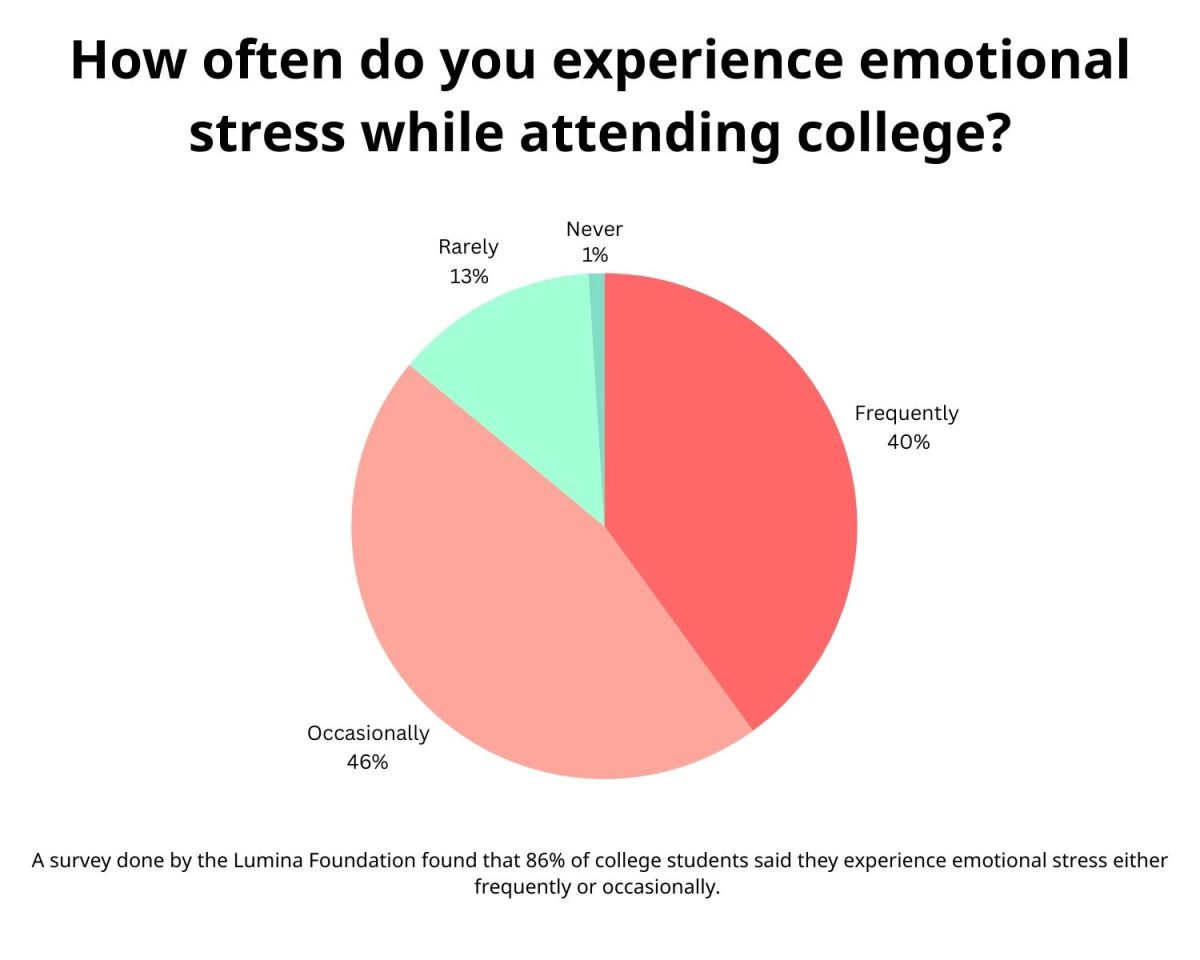Science is the most useful mental practice known to man; it allows anyone and everyone with enough time and effort to discover the answer to just about any practical question. One example of this is many people may ask is, “why is the sky blue?”
The sky is in fact clear, made mostly of nitrogen, oxygen and argon gasses, all of which are transparent. But there is some phenomenon responsible for the blueness we see during the daytime and other colors at sunrise and sunset. If you find yourself in the camp of people inquisitively scratching their heads, do not be ashamed– you are in good company with the rest of humanity, as everyone was wrong until Albert Einstein figured it out.
According to nobelprize.org, Lord Rayleigh was a British physicist and winner of the 1904 Nobel Prize in physics for discovering the element argon. He also discovered a type of light scattering that has been named after him. Lord Rayleigh determined the reason the sky is blue is because photons of particular wavelengths scatter off particles in the atmosphere (or any other solid, liquid or gas) depending on certain properties of the molecules.
Lord Rayleigh misattributed the effect to water molecules and haze, but according to Phillip Gibbs, “the case was finally settled by Einstein” in 1911 when he correctly determined the effect is caused by the very oxygen and nitrogen gas molecules in the atmosphere, not humidity or smog.
The effect itself is complex mathematically. According to Philip Gibbs at the Deutsches Elektronen-Synchrotron particle accelerator in Germany, whenever short light waves (violet and blue) from the sun hit an oxygen or nitrogen molecule, they interact with the molecule by being absorbed by the electrons that orbit the nuclei. These energized electrons then promptly radiate their gained energy again at the same wavelength that was absorbed, but in a random direction, just like the energized electrons in the filament of a light bulb. This is different than light reflecting off solid objects as the light actually permeates through the substance, continuously reradiating outwards. After passing through enough of the atmosphere the effect redirects in your direction a significant amount of shorter wavelength light, blue sunlight not originally intended for your eye.
According to the website sciencemadesimple.com, the sun is white when seen from space, and when seen through Earth’s atmosphere at noon, some of the shorter wavelengths are scattered, leaving the sun tinted slightly yellow and the rest of the sky blue. As the sun proceeds to set, light has to travel farther through the atmosphere before hitting the ground, allowing the longer, redder wavelengths to also have a chance to scatter and be seen. Only the longest and reddest waves are still impervious to Rayleigh scattering right up until the sun sets beyond the horizon in a blaze of fire. So next time you look up at the blue sky, wonder no more; Einstein (with help) has solved for us the question which plagued scientists for centuries.
Using the scientific method, building on previous theories and subjecting the models to experiment has provided us with a working understanding of something as basic and complex as the color of the daytime sky. Science is not only useful for making discoveries about the sky, colors or the stars, but it also helps us to understand ourselves, history, and all the technology we take for granted every day.
Hopefully, the importance of the wonderful world of scientific discovery is a little clearer now.
Categories:
Blue skies more complicated than color
August 23, 2012
0
Donate to The Reflector
Your donation will support the student journalists of Mississippi State University. Your contribution will allow us to purchase equipment and cover our annual website hosting costs.
More to Discover





